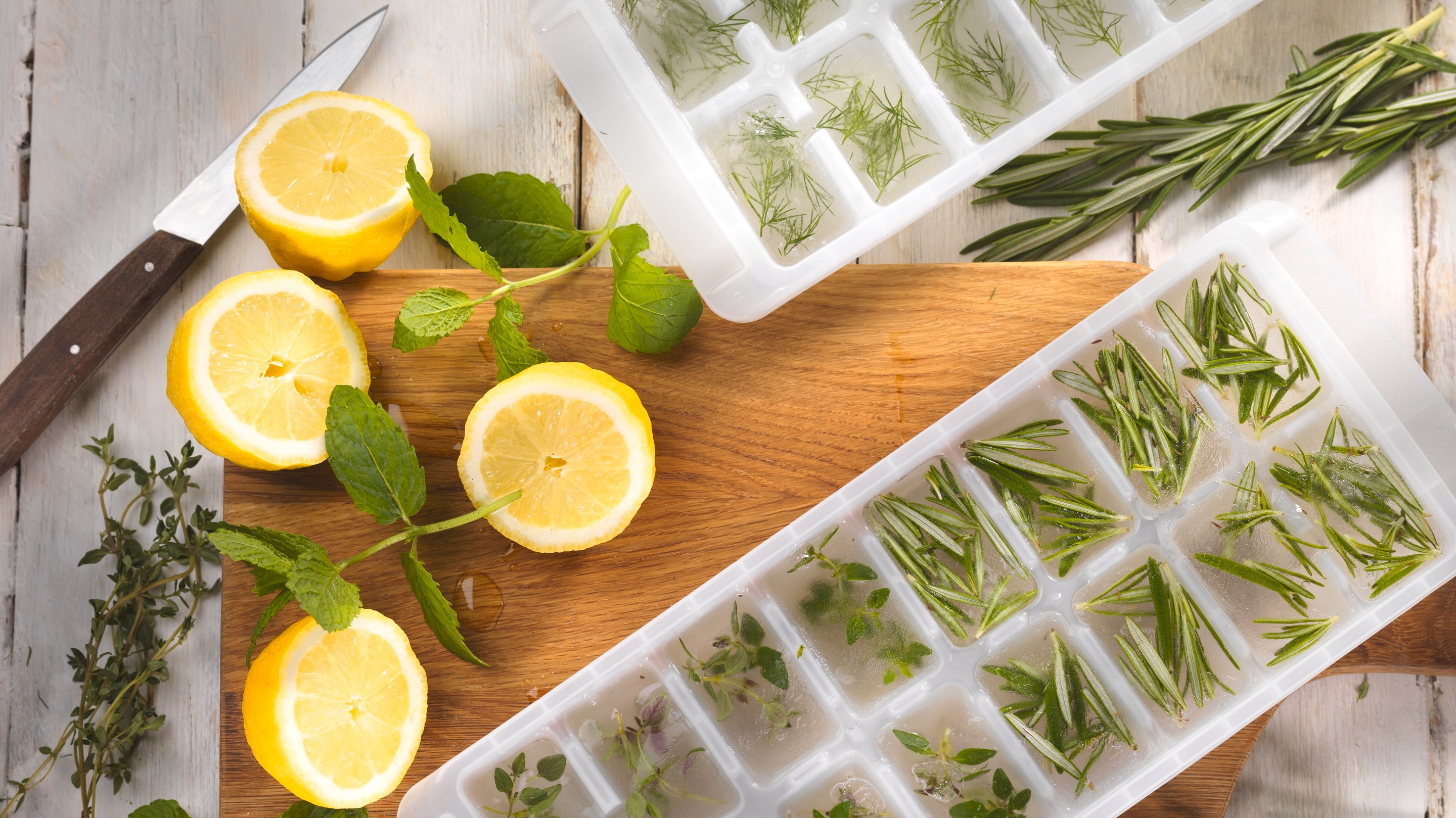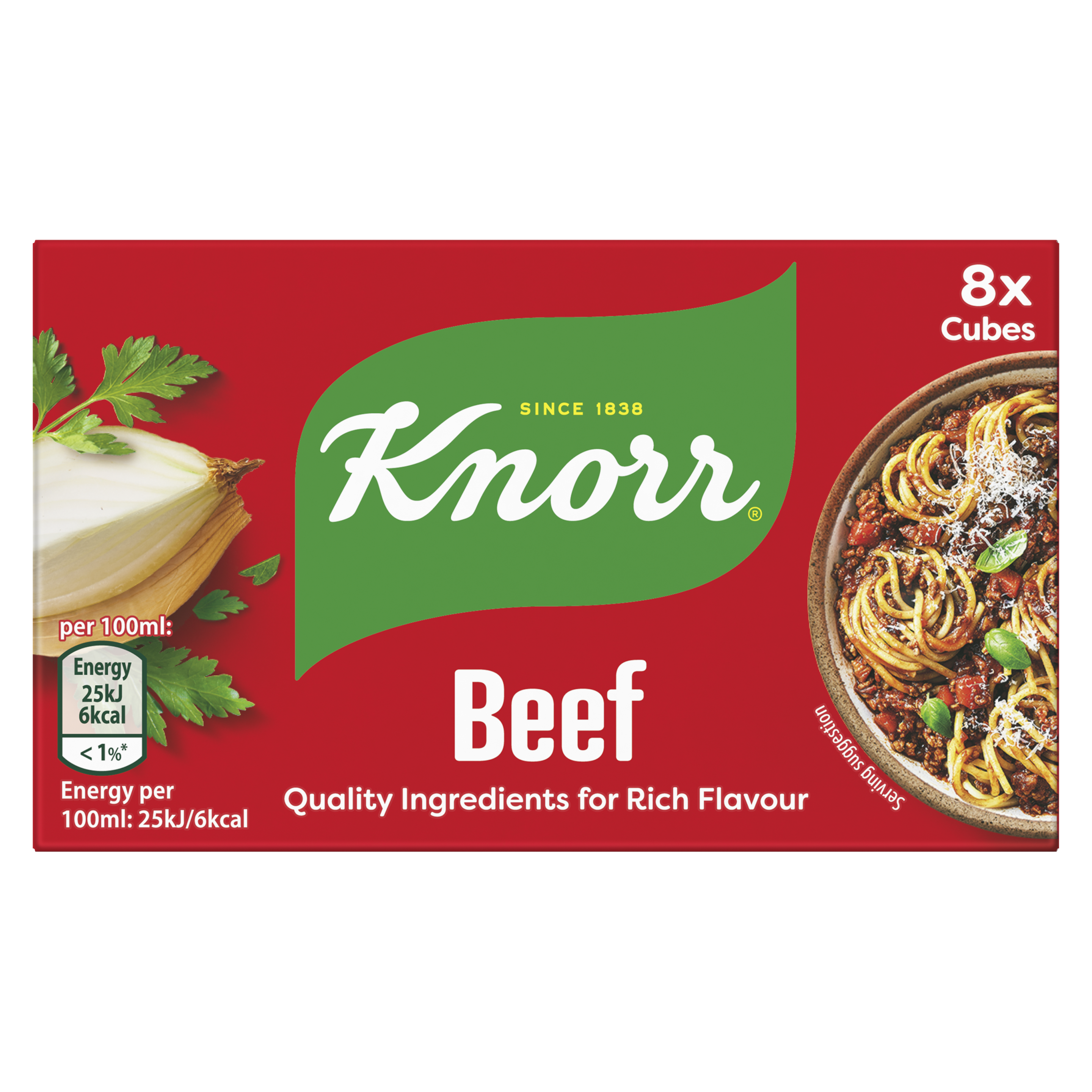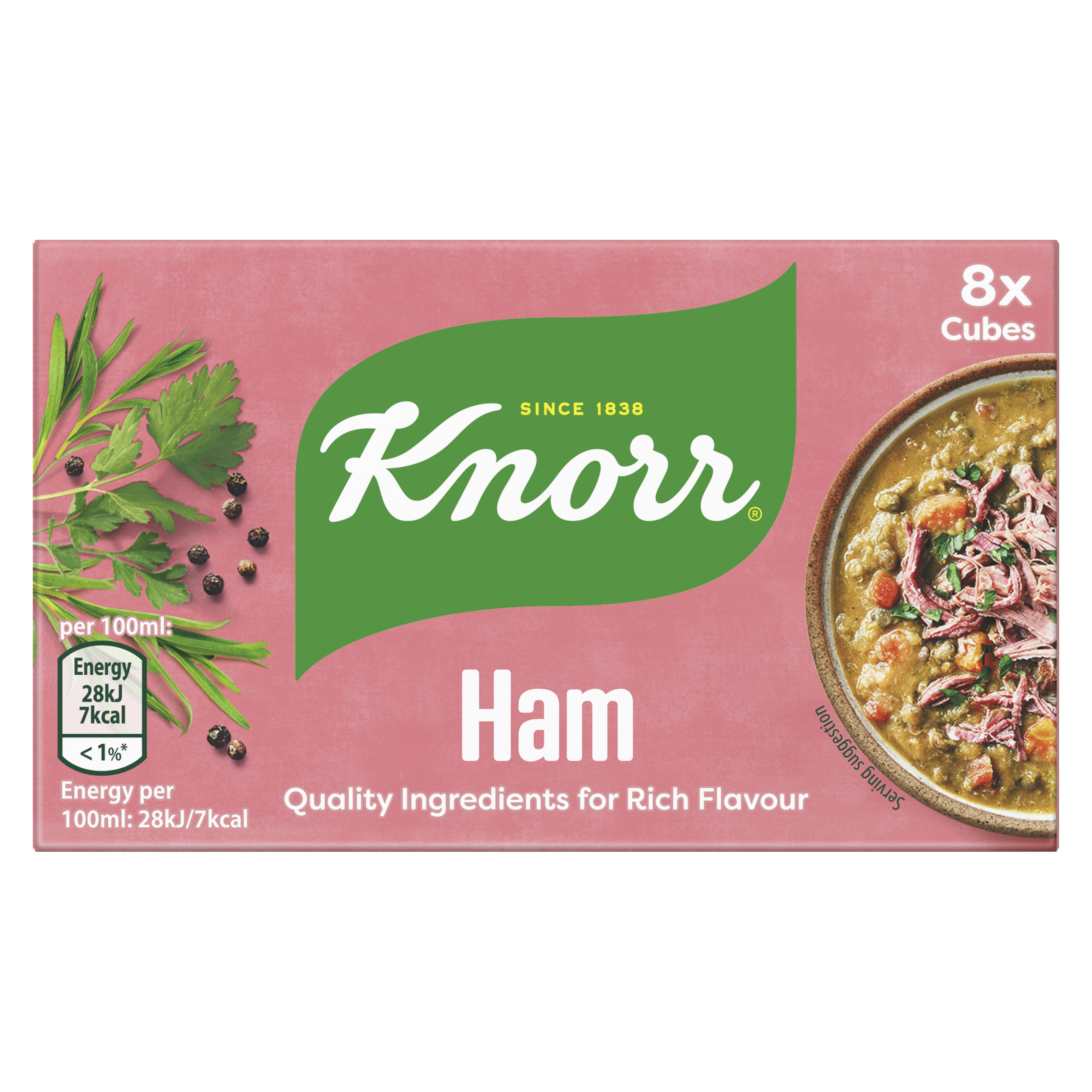Skip to:
Getting to Know Your Tastes: Basics of Blending Flavours
When it comes to creating delicious dishes that leave a lasting impression on your taste buds, there’s one technique that really is key: flavour pairing. This is when you bring together ingredients with complementary or contrasting flavours that enhance the overall taste of a dish.
Here, we’re going to look at the fundamentals of flavour pairing and how it can elevate your cooking skills in a little more detail.
Why Flavour Pairing Matters
Flavour pairing is more than just a culinary trend; it's a science and an art form that’s been honed by chefs for generations. The whole idea revolves around knowing which flavours naturally complement each other, and that way, you can create a harmonious and balanced taste experience. Having a grasp of flavour pairing, means you can:
Enhance Taste Profiles
Pairing flavours in a clever way can intensify and deepen the taste of your dishes, making them more enjoyable.
Create Well-Balanced Dishes
Achieve a perfect balance of sweet, savoury, sour, bitter, and umami flavours to ensure your dish is satisfying and well-rounded.
Expand Culinary Creativity
Flavour pairing encourages experimentation, allowing you to discover unique and unexpected combinations that will tantalize the palate.
The Key to Successful Flavour Pairing
To guide you in the right direction as you embark on your flavour pairing journey, there’s a few fundamentals to keep in mind:
Identify Dominant Flavours
Begin by identifying the dominant flavours in your chosen ingredients. Is it sweet, spicy, acidic, or earthy?
Consider Contrasting and Complementary Tastes
Understanding the balance between contrasting tastes (e.g., sweet and salty) and complementary tastes (e.g., sweet and sour) is crucial.
Texture Matters
Pay attention to the texture of your ingredients as well. Combining crunchy and creamy elements can add depth to your dishes.
Don’t Overwhelm
Avoid overwhelming your palate with too many strong flavours. Simplicity often leads to the most memorable dishes.
Experiment and Taste
Be willing to experiment with different combinations and, most importantly, taste as you go. This hands-on approach is the best way to develop your flavour pairing skills.
Mixing Sweet and Savory: Surprising Your Palate with Delightful Twists
One of the most exciting aspects of flavour pairing is the art of mixing sweet and savoury flavours. When done right, this unique combination can captivate taste buds and leave a delicious lasting impression. Here’s why it works so well:
Contrast in Flavours
Sweet and savoury notes are polar opposites on the flavour spectrum. When you combine them they create an exciting contrast that makes your dish more complex and intriguing.
Enhanced Depth
Incorporating sweet elements, such as fruits, honey, or maple syrup, into savoury dishes like roasted meats or sautéed vegetables can add layers of depth and complexity.
Balanced Profiles
Achieving a perfect balance between sweet and savoury can result in a well-rounded and satisfying taste profile.
Sweet and Savoury Flavour Pairings in Action
Balsamic Glazed Chicken
The rich, tangy sweetness of balsamic vinegar paired with savoury chicken creates a mouthwatering dish.
Fig and Prosciutto Salad
The sweetness of ripe figs combined with the salty, savoury goodness of prosciutto offers a delightful contrast in every bite.
Teriyaki Pineapple Burgers
Grilled pineapple's sweetness perfectly complements the umami-rich teriyaki sauce, boosting the overall flavour of a burger.
Practical Tips for Success
Mastering the art of sweet and savoury flavour pairing doesn’t happen overnight, but here are some tips to help you on your way:
Balance is Key
Always aim for harmony between the sweet and the savoury, that neither component dominates the dish.
Experiment with Ingredients
Don't be afraid to experiment with various sweet and savoury ingredients, from fruits and herbs to sauces and spices.
Texture Matters
Incorporate textural elements like crispy bacon or caramelized nuts to add depth to your dishes.
Consider Cultural Influences
Explore the culinary traditions of different cultures for inspiration on sweet and savoury pairings. Different cuisines around the world do it in their own way, and brilliantly so.
And lastly, but certainly not least when it comes to flavour pairing, we want to throw the spotlight on stock pots…
Stock Pots: Your Secret Weapon for Flavourful Creations
Small but mighty in flavour, once you discover stock pots and all that they can do – in that effortless way of theirs – they will quickly become an invaluable addition to your flavour pairing repertoire. Here’s why:
How Stock Pots Enhance Flavour Pairing
Intensify Savoury Notes
Stock pots are rich in umami, that super-savoury fifth taste, and it pairs exceptionally well with a wide range of ingredients. Whether you're making soups, stews, sauces, or risottos, adding a stock cube will add that incredibly pleasing umami character to your meal.
Balancing Act
Because stock pots provide that balanced combination of saltiness and umami, they’re ideal for balancing other flavours, such as sweetness or acidity, in your dishes.
Versatility
Stock pots aren't limited to just soups and broths. Melting them straight into your cooking will infuse the meal with a rich, savoury undertone.
Whether you're a novice cook or an experienced chef, understanding the basics of flavour pairing will undoubtedly take your dishes to the next level. With a bit of experimentation in the kitchen, and the above in mind, you’ll soon enough be creating dishes that aren’t just visually appealing but also bursting with unforgettable tastes.
Take your dishes to the next level and discover more recipes.
Similar articles
A little inspiration
4 Results
-
![Butterbean Stew with Poached Egg & Soft Goats' Cheese 55 MINS recipe]()
Butterbean Stew with Poached Egg & Soft Goats Cheese
-
CookingTime35 MINS
-
Difficulty Medium
-
PreparationTime20 MINS
-
Servings 4
people
-
-
![Rich and Cheesy Salami Pizza 30 MINS recipe]()
Rich and Cheesy Salami Pizza
-
CookingTime20 MINS
-
Difficulty Easy
-
PreparationTime10 MINS
-
Servings 4
people
-












